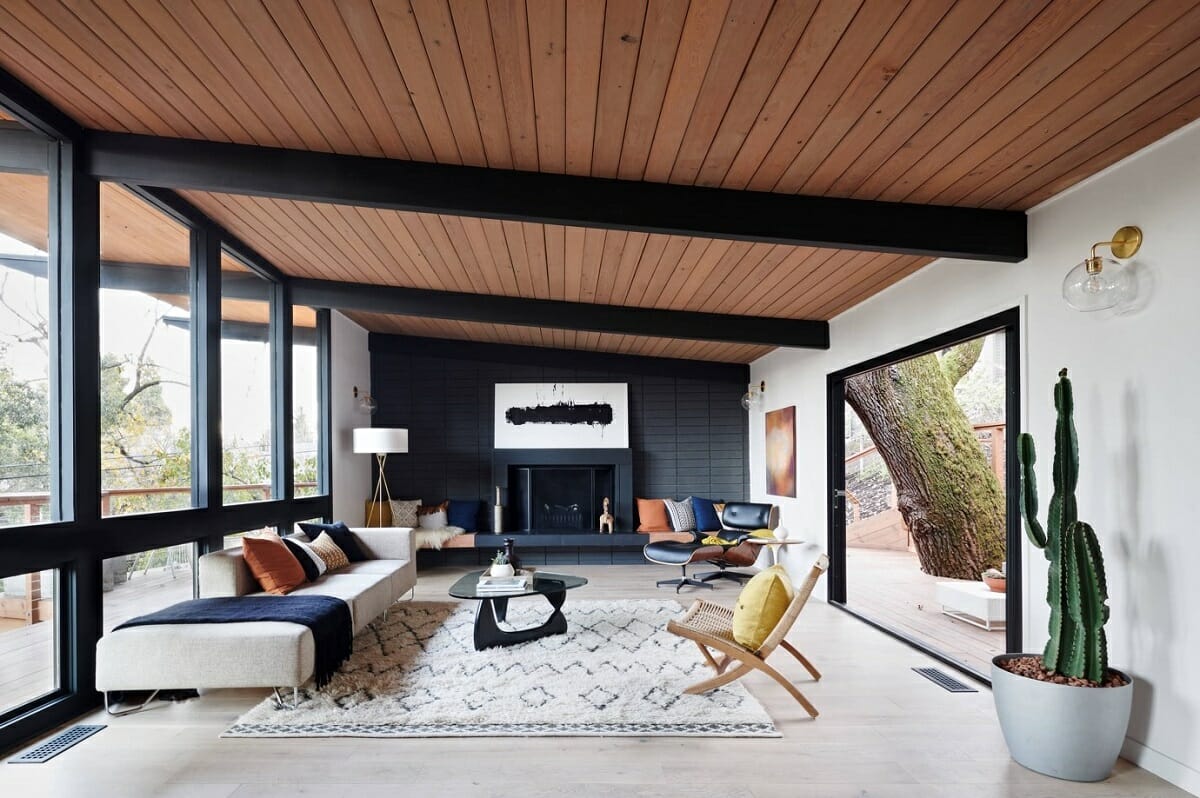[ad_1]

In this episode of Ask Danny, arborist Billy Allen offers his expert tips on planting and pruning.
Billy is an ISA Certified Arborist, AUFA Certified Urban Forester, an ALNLA Certified Landscape Professional, and many more.
He’s the owner and operator of Top Notch Tree Care, where he provides services such as residential and commercial pruning and/or removal as well as consulting services for pre-construction preservation of trees, disease diagnosis and treatment, and health and structural assessments. He also provides plant health care services such as tree fertilizing, pesticide application, and soil compaction mitigation.

When to Plant
What’s the best time of the year to plant?
Billy: For the best time to plant a tree, the overwhelming majority of the time it’s going to be as the tree goes into dormancy — late fall, early winter. When you’re planting a tree, you’re going to lose a lot of roots, so you want the heat stress on the plant to be as low as it possibly can be.
The exception would be citrus trees. You want to plant those after the last frost of the springtime because a good freeze can be detrimental to them.
The biggest problem I see people do when planting has to do with depth. Deeper is not better. Think about it this way: Who plants a tree in the forest? The answer is no one. A seed falls on top of the ground, organic material covers it up, and it sprouts.
You want the topmost root of that plant, whether it’s a tree or shrub, to be at or just above grade. If you have a lot of clay in the soil, incorporate something into the soil to mitigate that very fine material. You want to till out three to four times beyond the size of the root ball and prepare that soil so it’s more advantageous for the roots to grow out.

When to Prune
When’s the best time to prune a tree?
Billy: You can prune any time of year as long as you’re doing it correctly. I see a lot of incorrect pruning, especially on crepe myrtles, azaleas and live oak trees.
It’s important to make the cuts at the right spot and not defoliate the plant more than what should be done in a growing season should be considered. If you do that, you can prune 365 days a year.
If you’re going to do aggressive pruning, like with crepe myrtles, you need to do it during the dormant season.
With flowering plants, there are so many things you have to consider, but there’s a thing called the May rule. If your plants are blooming before May, prune them just after they bloom. This includes camellias and azaleas. For plants that bloom after May, prune them during the dormant season.
After you’ve made your pruning cuts, don’t put sealant on it. The healing process occurs chemically inside the tree.
It’s actually walling off that area of dead tissue and keeping that decay confined to that particular area. What you do to the outside has no bearing.

Tree Health
How do you ensure a healthy tree/shrub?
Billy: It really has a lot to do with the initial establishment of the plant, how that plant grows and thrives from the initial installment forward.
My advice as an arborist is to make sure the soil is prepped correctly and follow the spacing guidelines.
What are some reasons for a tree’s failing health?
Billy: Concerning tree health, the number one thing I see is root damage, especially in mature trees. Whether it’s compaction, cutting of roots, grade changes, or changes in the direction of the flow of water, all of those things will negatively impact a tree.
Mature trees are a lot less tolerant than smaller trees when you’re talking about caring for their roots.
How much damage can a tree’s root system take before it begins to harm the tree?
Billy: It’s subjective. People ask me all the time “how much of these roots can I lose and still keep the tree?” The answer is, I can’t tell you.
The easiest way to explain it is to think of a dinner plate. The dinner plate is all of the feeder roots of the tree. Then imagine a wine glass with a stem. The pedestal of that stem is the structural root plate of the tree. You can lose a lot of the dinner plate and the tree is still structurally sound.
Healthwise, it depends on how much of the dinner plate you lose as to how the tree will survive moving forward, and that is a very difficult question to answer.
I suggest having a qualified arborist look at the tree and give you an assessment because every site is going to be different and every tree is going to be different.
My general answer is save as much as you can.

Garden Beds Around Trees
What are your thoughts on putting a raised garden bed around the trunk of a tree?
Billy: You don’t want to pile dirt up around the tree in any form. There are some tolerance levels there, depending on what kind of soil you’re working with.
Sand is more porous so you can get away with more sand on top of the root than you can clay.
It’s all about air infiltration down to the feeder roots. Those have to have oxygen and if you pile a bunch of dirt on top, they’ll suffocate and then the tree will decline.
Keep the root flare (where the first main roots attach to the trunk) exposed. When you see trees that look like a pencil coming on out of the ground, that means the root flare is buried.
Where to Find an Arborist

There’s a science behind what we do. Without knowing how to do that, it’s impossible to achieve proper maintenance or health strategies. Go to treesaregood.org to find a local arborist.
Further Reading
[ad_2]
Source link











